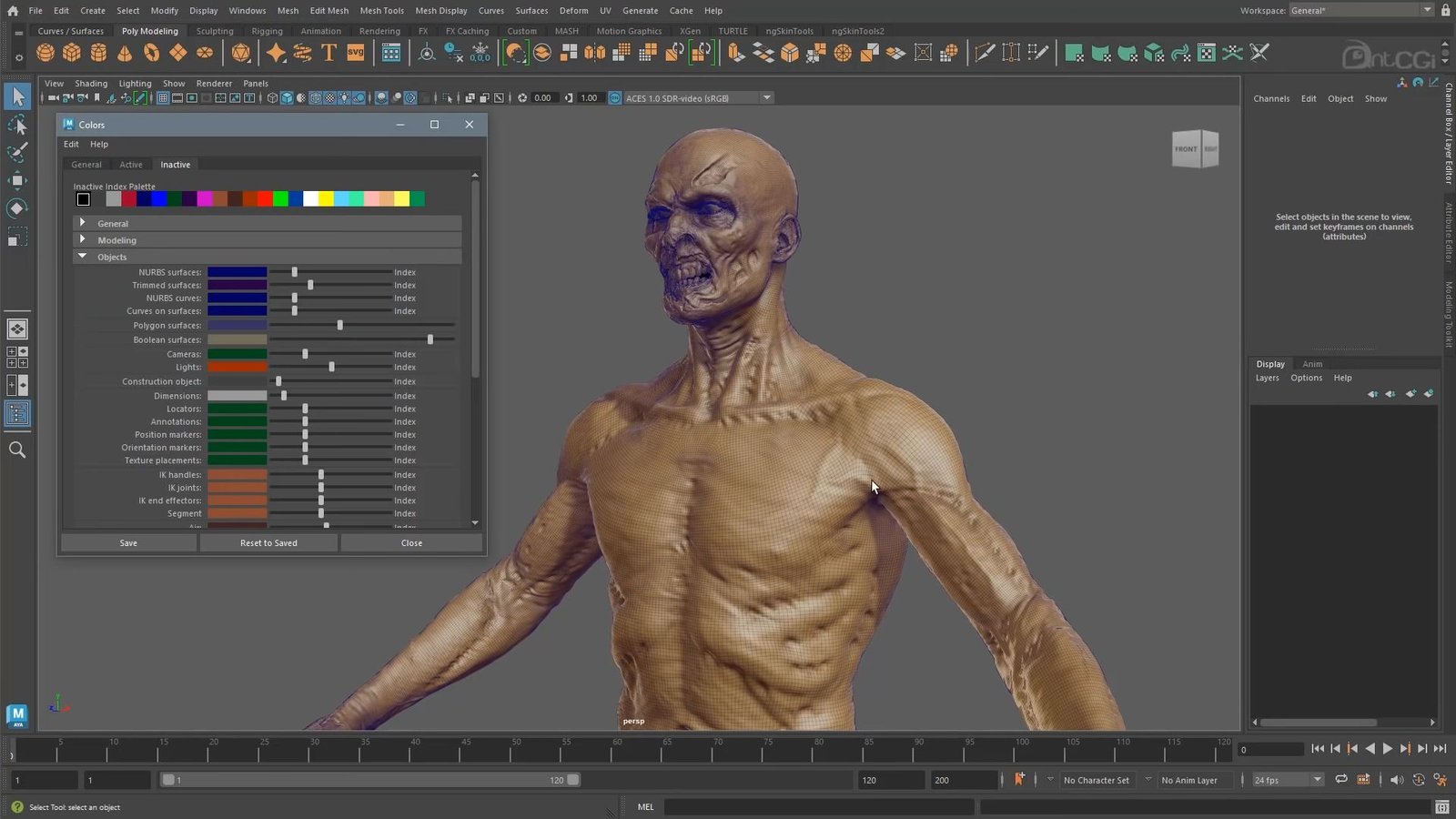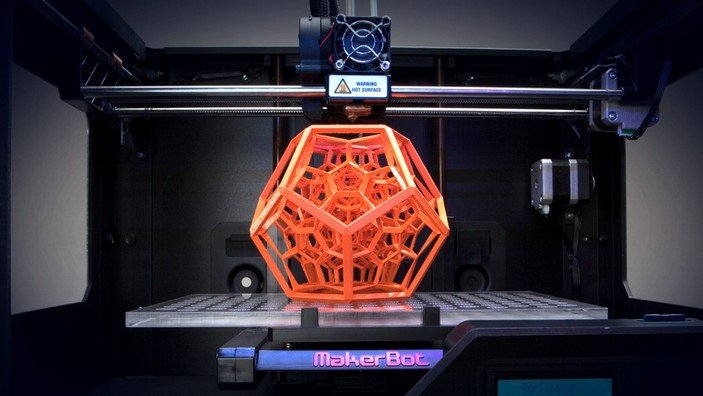How to use 3D in marketing and advertising has become a significant topic for businesses looking to stand out in a crowded marketplace. As a marketer, understanding how to leverage 3D technology can elevate your campaigns, attract more customers, and ultimately increase sales. In this article, we’ll share practical tips on effectively integrating 3D into your marketing and advertising strategies.
Why 3D is Important in Marketing
3D visuals capture attention in a way that traditional images and videos cannot. They provide depth and realism, helping to create an engaging experience for viewers. By using 3D in marketing and advertising, brands can showcase their products more effectively, allowing customers to see them from different angles and perspectives. This technology not only enhances brand storytelling but also improves customer understanding of the product.

1. Create Engaging Product Visuals
One of the most effective ways to use 3D in marketing and advertising is by creating engaging product visuals. 3D modeling allows you to showcase your products in a detailed and realistic manner. Customers can view the product from various angles, providing a better understanding of its features. This can lead to increased interest and a higher likelihood of purchase.
2. Develop Immersive Experiences
Another exciting way to incorporate 3D into your marketing strategy is by developing immersive experiences. Virtual reality (VR) and augmented reality (AR) can transport customers into a fully interactive environment where they can interact with your products. For instance, a furniture store might offer an AR app that allows customers to visualize how a piece of furniture would look in their home. This immersive experience can significantly influence their purchasing decisions.
3. Use 3D Animations for Storytelling
3D animations are powerful tools for storytelling in marketing. By creating animated videos, brands can communicate their message in a more dynamic and engaging way. Whether it’s demonstrating how a product works or telling a brand’s story, 3D animations can capture attention and convey complex ideas simply. This visual storytelling helps build an emotional connection with the audience, making your marketing efforts more effective.
4. Enhance Social Media Campaigns
Social media is a crucial platform for marketing and advertising, and incorporating 3D content can boost your engagement. Eye-catching 3D visuals can stand out in crowded feeds and draw users in. Consider creating 3D posts or short animations specifically for social media platforms. This type of content is shareable and can help your brand reach a wider audience.
5. Improve Online Ads with 3D Models
Online advertising can greatly benefit from the use of 3D models. Interactive ads that allow users to rotate, zoom in, and explore products can enhance user engagement. When potential customers can interact with a product in a 3D format, they are more likely to remember it and consider making a purchase. Using 3D in your online ads can lead to higher click-through rates and conversions.
6. Showcase Architectural Projects
For businesses in the architecture and real estate industries, using 3D in marketing and advertising is essential. 3D renderings and walkthroughs can help potential buyers visualize properties before they are built. This level of detail can set your business apart from competitors and build trust with potential clients. By showing realistic 3D models, clients can better understand the project’s layout and design.
7. Create Interactive Websites
Integrating 3D elements into your website can enhance user experience. Consider adding interactive 3D models of your products that visitors can manipulate directly on the site. This feature can make your website more engaging and informative. Additionally, it can reduce return rates since customers will have a clearer understanding of what they are purchasing.
8. Use 3D for Trade Shows
If your business participates in trade shows, consider using 3D displays to attract visitors. Large, eye-catching 3D models or interactive presentations can draw attention and make your booth memorable. This strategy can help spark conversations and generate leads, making your marketing efforts at trade shows more successful.
9. Focus on Targeted Campaigns
Using 3D in marketing and advertising allows for targeted campaigns that can speak directly to specific audiences. Tailor your 3D content to different customer segments. For instance, if you’re promoting a tech product, highlight its innovative features with high-quality 3D visuals that appeal to tech-savvy customers. This targeted approach can lead to better engagement and higher conversion rates.
10. Measure Your Success
Finally, always measure the success of your 3D marketing efforts. Analyze engagement metrics, conversion rates, and customer feedback to see how effective your 3D content has been. This data will help you refine your strategies and improve future campaigns. By continually assessing your performance, you can ensure that you are making the most of your 3D marketing initiatives.
Conclusion
In conclusion, understanding how to use 3D in marketing and advertising can greatly enhance your brand’s visibility and engagement. By creating engaging product visuals, developing immersive experiences, and utilizing 3D animations, you can capture your audience’s attention effectively. With the right strategies, 3D technology can transform your marketing efforts and drive better results.




